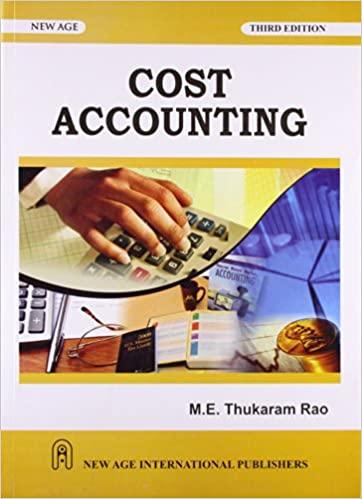ITM 310-Supply Chain Management Spring 2020 Assignment (Due Date: March 2. 2020) 1) You are given the following information: COSTS MAKE OPTION BUY OPTION Fixed Cost Cost $25.000 $3.000 512 a. Find the break-even quantity and the total cost at the break-even point b. If the requirement is 4,500 units, is it more cost-effective for the firm to buy or make the components? What is the cost savings for choosing the cheaper option? c. If the requirement is 6,000 units, is it more cost-effective for the firm to buy or make the components? What is the cost savings for choosing the cheaper option? 2) Suppliers A & B supply steering wheels to the manufacturer. The total cost of ownership for Supplier A is calculated as $267.189. Given this and using the following information determine whether Supplier B is more cost-effective or not. Late delivery of the component results in 50% lost sales and 50% back orders of finished goods Order lot size Annual Requirements Weight per steering wheel Order processing cost Inventory carrying rate Cost of working capital Profit margin Price of finished golf cart Back order cost 400 4.800 units 20 pounds $125 20% per year 10% per year 20% 55.000 ISIS per unit Supplier A Supplier B Unit Price I to 999 unitsonder 1000 to 2.999 units order Tooling cost Terms Distance Supplier Quality Rating (defects) Supplier Delivery Rating (Late) 1947 S1000 210 ct 30 16 SI000 1/10, net 30 100 miles 2% 120 miles 3% 199 2 Here is the freight rates for Truckload (TL 40,000 lbs) $0.90 per ton-mile Truckload Less-than-truckload (LTL) $1.10 per ton-mile Note: per ton-mile 2,000 lbs. per miles number of days per year = 365 3) Many organizations find it necessary to recognize and celebrate the achievements of their best suppliers. Go online, and identify a company that has used a supplier recognition program and report on it experiences. What are some of the benefits the company derives from its suppliers 4) Beer Game: a. How did your customer orders vary throughout the game? b. What happened to the current inventory levels as we move backward, up the supply chain from retailer to factory? Why? c. How could the supply chain members reduce total inventory and back order costs in the future







